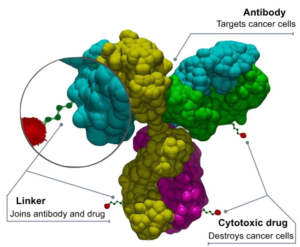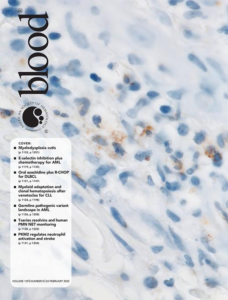Inclusion Complex Formation with Tetra-PEGylated Tetraphenylporphyrin and Face-to-Face Cyclodextrin Dimer through Unprecedented Molecular Threading
Do cyclodextrin dimers hold the future of therapeutic CDs? Could be…
Herein, a host–guest inclusion complex formation between tetra-PEGylated tetraphenylporphyrin with a per-O-methylated cyclodextrin dimer through the molecular threading process that is physically unexpected to occur is described. Although the molecular size of the PEGylated porphyrin is much greater than that of the CD dimer, the sandwich-type porphyrin/CD dimer 1 : 1 inclusion complex was spontaneously formed in water. The ferrous porphyrin complex binds O2 reversibly in an aqueous solution, which functions as an artificial oxygen carrier in vivo. Pharmacokinetic study using rats revealed that the inclusion complex showed a long circulation in blood in contrast to the complex without PEG. The O2 adduct of the ferrous complex shows similar O2 binding affinity with natural hemoglobin and a long circulation time in blood, leading to the simple supramolecular complex that can be used as an artificial O2 carrier in vivo.
Doshisha University – Hiroaki Kitagishi and Qiyue Mao
See the full article here: Inclusion Complex Formation with Tetra-PEGylated Tetraphenylporphyrin and Face-to-Face Cyclodextrin Dimer through Unprecedented Molecular Threading









